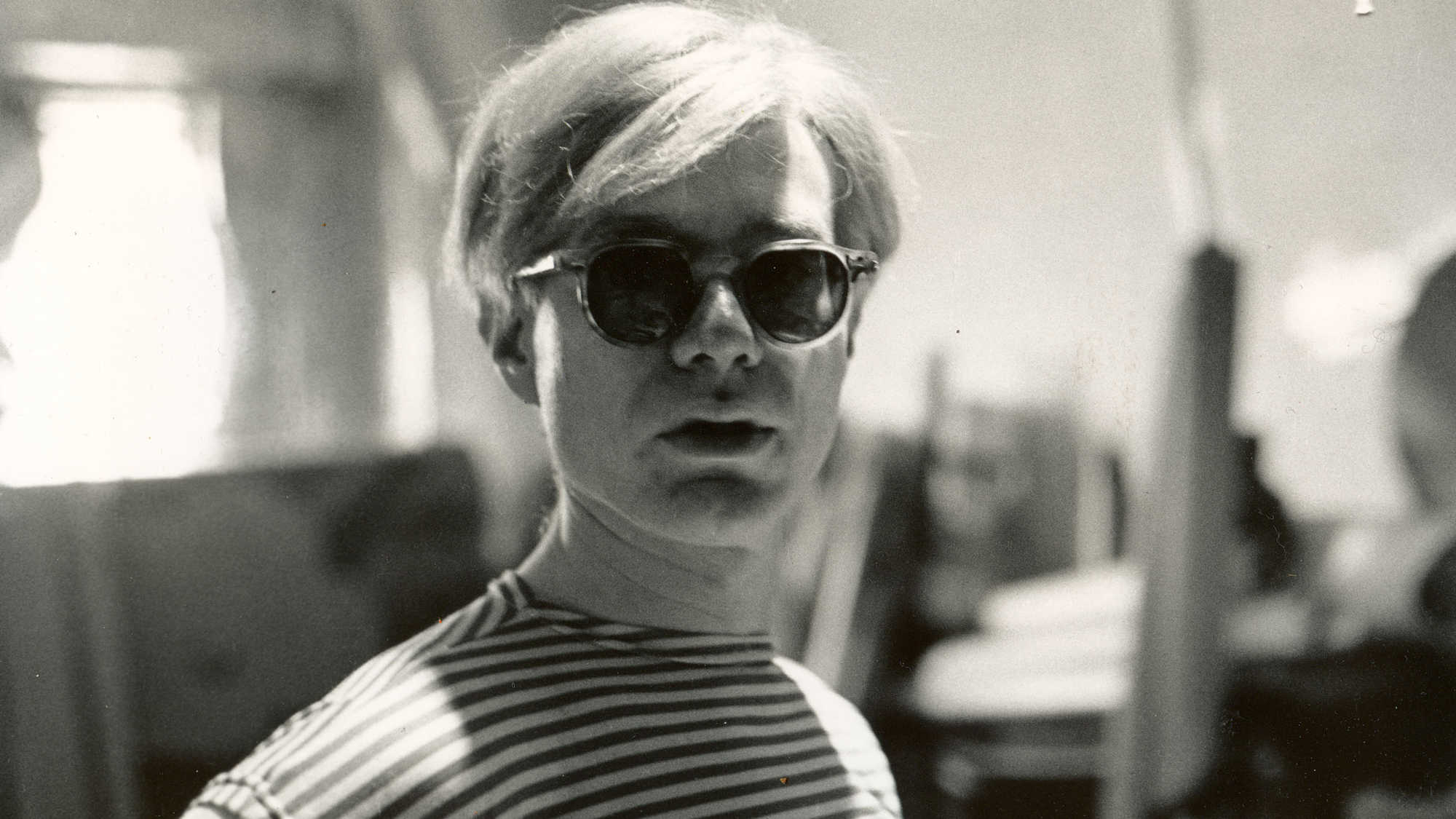Ric Burns's imposing four-hour portrait tracks the painfully shy, sickly genius through his 1960s New York heyday to substantiate the claim that he is the greatest artist of the 20th century.

He was a touchstone of the culture we live in… his genius was his absolute refusal to tell a story
Screened as part of NZIFF 2007
Andy Warhol: A Documentary Film 2006
Documentary filmmaker Ric Burns has an impeccable pedigree when it comes to tackling big American topics (the Civil War, New York City). As the formulation offered by this film suggests, they don’t come any bigger than Warhol. Within the first few minutes some extremely grand claims are made – Warhol is the greatest artist of the twentieth century; Warhol changed the world – and the film patiently works towards substantiating those claims. This imposing four-hour portrait could more accurately be entitled ‘Warhol in the Sixties’, as the film spends the vast majority of its running time following its painfully shy, sickly, socially disadvantaged protagonist from his arrival in New York, through his serial exploration of different media (from painting to silkscreening to filmmaking to mixed media happenings), to the Valerie Solanas shooting in 1968. But the sixties, by consensus, is where the action is, and there’s plenty of footage of Warhol and his coterie in their heyday. Burns’ linear biography is annotated and embroidered by art world commentators (critics, dealers, collaborators), and occasionally by the wispy voice of Andy himself (at times in facsimile, courtesy Jeff Koons). The film serves as a great Pop Art primer, and in the midst of all those Marilyns, it’s refreshing to see Warhol’s filmmaking given its due. Perhaps unsurprisingly, the documentary never really gets under the skin of the famously aloof Warhol, but that vacuum is enthusiastically filled by theories and speculations about his motivations and even, when it comes to reflecting on the fate of hangers-on such as Superstar Edie Sedgwick, by cautious condemnations of them. — Andrew Langridge